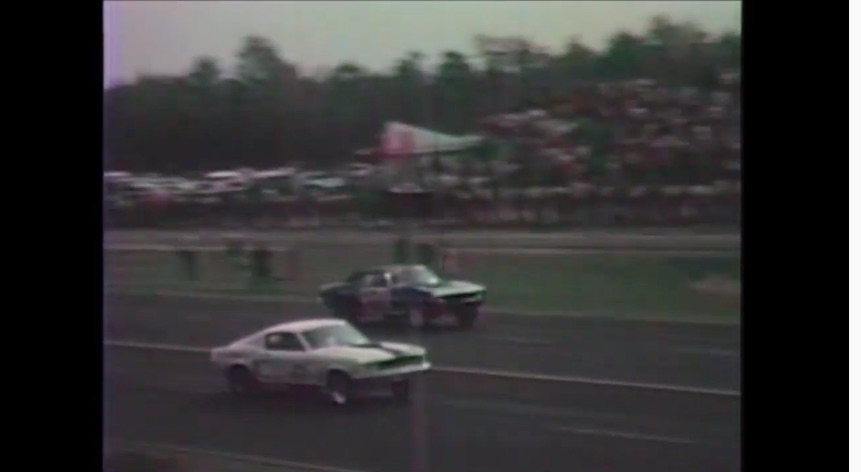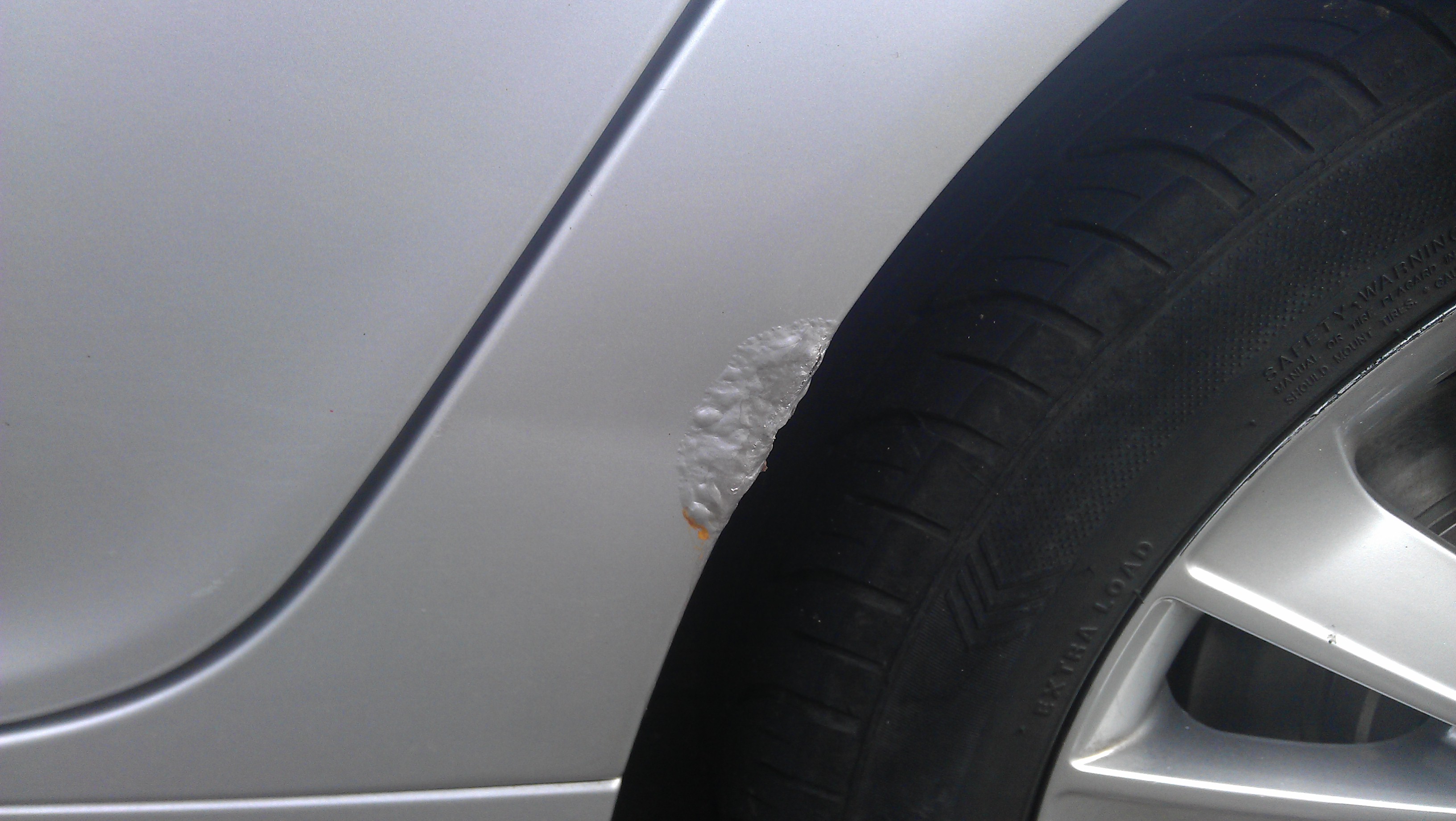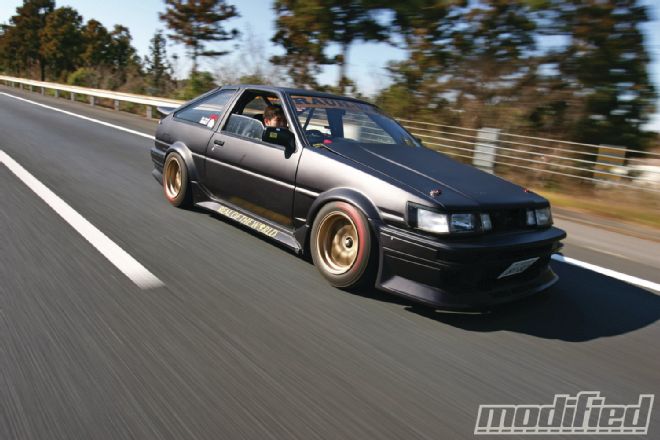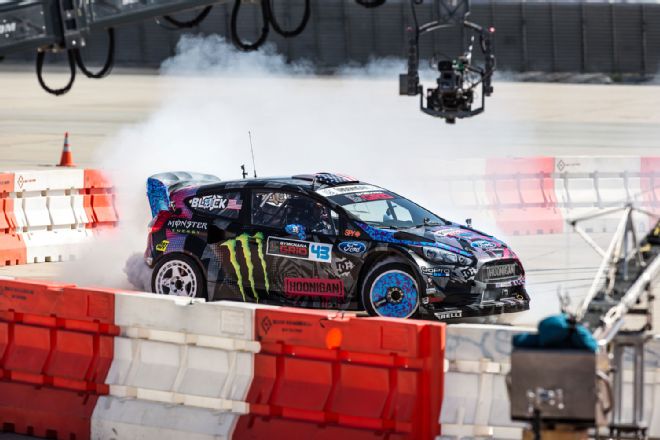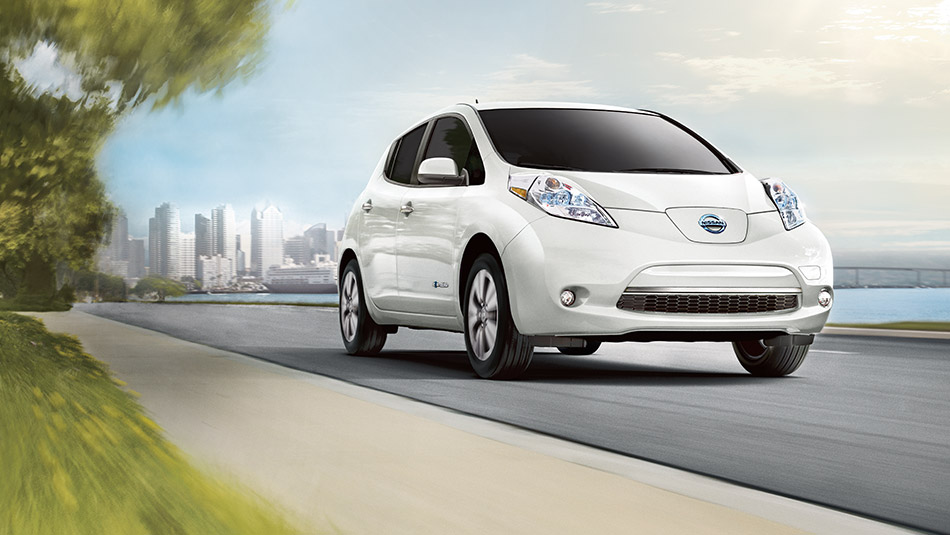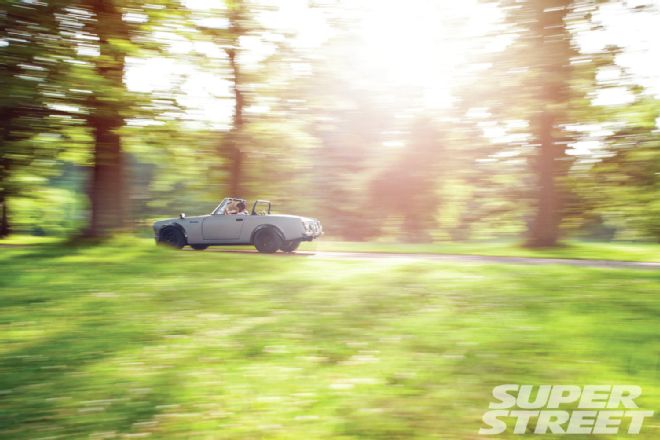
“Nature that framed us of four elements, warring within our breasts for regiment, doth teach us all to have aspiring minds,” quoth Italian philosopher/politician/poet (amongst many other titles) Niccolo Machiavelli, who we suspect would have really jonesed for a taste of this 350-horsepower Datsun Roadster seen on these pages. Its aspiration, though great, is far from natural.
There is a good reason that the old-school Japanese-car scene thrives around the West Coast: steel lives forever there. Even neglected machinery is generally clean; any rust you find has limitations to surfaces where the sun ate through the primer. Their engines may chug oil and fart blue smoke, and the vinyl interior fittings may be more baked than a Snoop Dogg concert, nevertheless the basic bones are frequently intact.
Check out the Midwest or East Coast, where wintry roads are salted to melt snow into an icy grey porridge created to promote cancer of the rockers, and the old-school scene gets a lot thinner. Within a decade, the steel-the skin, the system-body chassis-would first turn bubbly under the paint, then bust out in oxide hives; soon there was more scabby rust and elemental creep than painted steel, followed closely by holes you could fist without scraping the skin on the hand, even though their mechanicals, as ever, promised to last forever, along with the interiors were often okay.
Yet the East Coast had been a hotbed of (largely European) sports car activity in the ‘50s and ‘60s. It seemed only natural and right the Datsun Roadster should be in the home in such company, and it’s safe to say that what East Coast enthusiasm there was to the Japanese car in those days was nurtured by the success of Bob Sharp and his team of Datsun racers. Starting in 1964, along with factory backing from 1965, Connecticut-based Sharp raced Datsun Roadsters to great effect: in ’65, Sharp was the SCCA Northeast Divisional champion (a first for both Datsun and Sharp) in a 1500 Roadster. For ’67 and 1966 Sharp raced a 1600, winning a national SCCA title for Datsun in 1967. He went on to win the C/Production title in ’68 and the D/Production title in ’69 (with Jim Fitzgerald behind the wheel within the SCCA’s Southeast division) before moving into 510s and Zs in the ‘70s. Racing improved the breed, and although 50,000 Roadsters in eight model years is hardly a smash-hit, Datsun’s and Sharp’s) on-track activities sold cars. Today, four and a half decades worth of Northeastern winters later, the news is that any streetable examples still exist there.
1968 datsun roadster 2000 SSR longchamps
1968 datsun roadster 2000 nitrous oxide
1968 datsun roadster 2000 drift II harness
Thus it was something of a surprise that William Izaguirre of Katonah, Ny (located in the state’s little prehensile tail that splits northeastern New Jersey and southern Connecticut) managed to find a complete, running 1969 Datsun Roadster in Buffalo, home of winters as cold and bitter as your ex-wife’s mother-in-law, and as salty as stag night in Vegas. Obviously the former owner of a turbocharged Toyota MR2, a twin-turbo Nissan 300ZX, a 2004 Subaru STI and a Nissan 350Z with the aftermarket turbo kit hung on the exhaust would have plans-plans that got as far as installing an S15 Silvia’s SR20DET between the fenderwells. There was, however, an issue. “I twisted the frame,” he says. As you might imagine he would when installing two plus a half times the stock power using a pile of rot. When I took the body off my ’69, the whole thing was only destroyed-so I just ditched the full car.?, although “I bought another car for the frame?
The replacement machine, a ’68 model, was located via message board pals directing William’s attention to the more Baltimore area. “This one wasn’t that bad,” William suggests. It didn’t have the rust issues that one other car had.?, though “The motor wasn’t good, and yes it wasn’t in perfect shape?
Now, he took precautions, whilst the chassis was far cleaner on the second go-‘round. “I gusseted each of the mounting points at the X in the frame. We ran an oval 3-inch exhaust through the frame; you have to check out the frame or maybe the pipe would be too low. But once everything was reinforced at the corners, we powdercoated it as well.” Also, William is proud to share with us, “every single nut, washer and bolt on that car is brand new.” It can now handle the dyno-registered 352 horsepower (at ), 7 and 333 foot-pounds of torque that Nissan’s huffed, nitroused, all-aluminum four-pot wonder-nugget is pumping out. Front brakes to quit the madness come courtesy a twin-turbo 300ZX in the mid-1990s (more than sufficient stopping power for a car that barely tops a ton) however the rear rotors were part and parcel with all the Mazda rear axle, which came with a restrictedmore or less alone; the most visible body mods are definitely the air dam that replaced the front fascia and bumper, custom carbon-fiber fender flares and (occasionally) the one-off carbon-fiber hardtop. The hue was a last-minute decision; work was progressing on another hue, but “I went to the New York Auto Show in April, and I saw the Mercedes SLS AMG McLaren sitting there … it absolutely was painted this same color, Designo Allomite Grey Matte. I saw it there and I called the shop on the spot, told ‘em to avoid whatever they were doing, paint-wise, and told them that it was the color of the car now.”
Another change was to ditch the foam-padded ’68 dash, with its safety switches, and install an earlier unit featuring fun toggle switches. “I just wanted the classic look,” William tells us. Now they’re all digital, by GPS in Ohio, although “The gauges with all the chrome rings around it were mechanical. Also, I was able to have the guy who does my hydrographics to get the wood-look on the dash.”
, the wood look.yes and Ah The dash face, console, shift knob, controls, all appearing to be manufactured from wood and all parcel and part for the path of a ‘60s sports car. Seeing wood-look particulars on the nitrous bottle and the valve cover under the hood, however, was something of a surprise. “I’ve seen a number of people do powdercoating, crazy paint, airbrushing then one day, I just thought, wood! The process is called hydrodipping; they generally do it with shotgun stocks. They spray a film into water, a chemical melts the film, then dip what you need coated. It sticks to what you dip, they clearcoat it, and it looks like wood.”
We caught up with William in the fourth round of the Formula Drift series, in Wall Township, New Jersey, in mid-June 2013; that was under a month after it was completed. “I haven’t had time for the track yet but it’s gonna go eventually.” Within the meanwhile he’s put over a thousand miles on it since completion. “I drive my Roadster anywhere: , New Jersey.Connecticut and Boston People are shocked; they ask why don’t I trailer it? Should you trailer it and don’t drive it, i always inform them, what’s the fun in developing a car? Just build it better next time.” And if that’s not an aspiring mind to help make Machiavelli proud, what is, whether it breaks?
